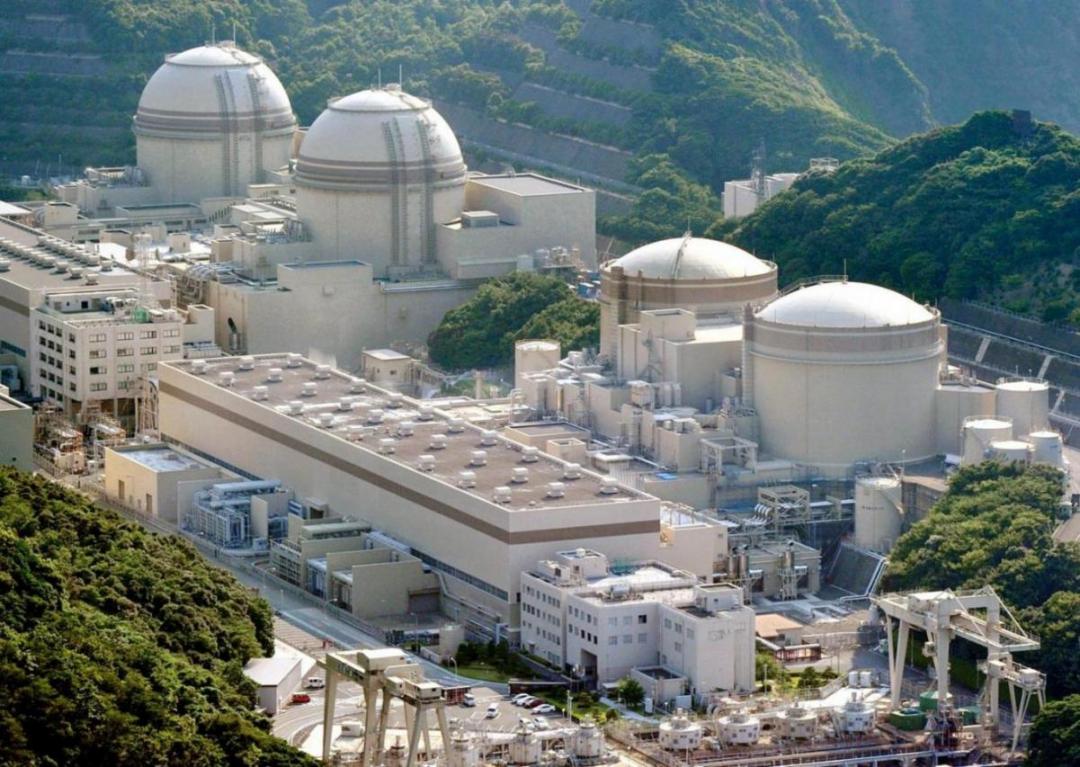The disaster at Japan’s Fukushima Daiichi Nuclear Power Plant in 2011 prompted world leaders to slow or even suspend reliance on that source of energy. That has left an open field for China to become one of the world’s top producers of nuclear power.
As the traditional leaders in nuclear power have stagnated since the accident, in the same period China has added 10 new reactors with more than 10 gigawatts of generating capacity, according to the US Energy Information Administration, Oilprice reported.
China now relies on nuclear power for a little more than 2% of its power generation. But its goal is to generate 15% of its power from cleaner alternatives to fossil fuels by 2020 and 20% by 2030. The alternatives include not only wind, solar and hydropower, but also nuclear generation.
To help achieve this, “China plans to increase nuclear capacity to 58 GW and to have 30 GW of the capacity under construction by 2020,” the EIA says.
Today its capacity is 23 GW, and by the end of this year, China should surpass both Russia and South Korea in nuclear generating capacity.
That would make China number four among the world’s leading generators of nuclear power, behind the United States, Japan and France although Japan’s reactors are turned off for now. And if Beijing completes construction of plants capable of an added 35 GW of nuclear generating capacity, it will become the leading generator of nuclear power in 2020, when the plants are expected to go online. That would bump Japan back to third place.
Also by 2020, China plans to have finished building nuclear power plants providing a further 30 GW of power, according to a report updated July 28 by the World Nuclear Association. In fact, China is on a nuclear reactor building spree. Of the 64 such facilities now under construction worldwide, the group says, 25 are in China.
In November 2014, China’s State Council published its “Energy Development Strategy Action Plan, 2014-20,” based on which it hopes to reduce the country’s reliance on coal and increase the use of cleaner energy sources.


